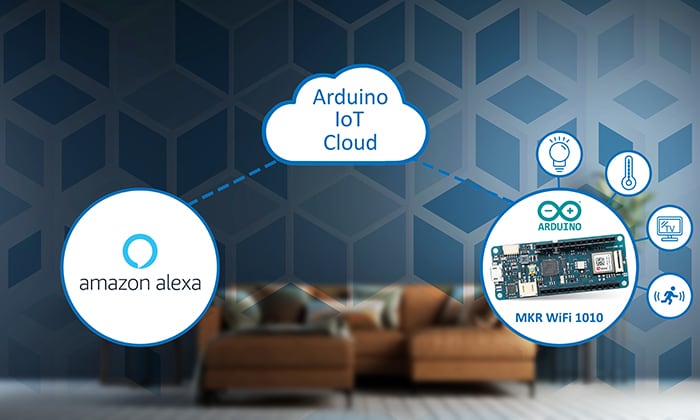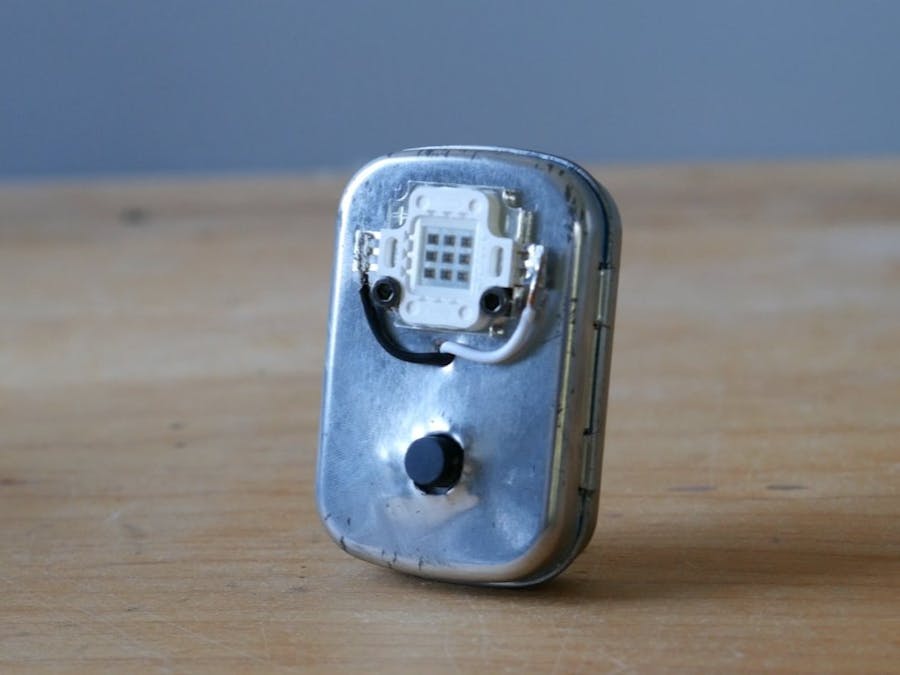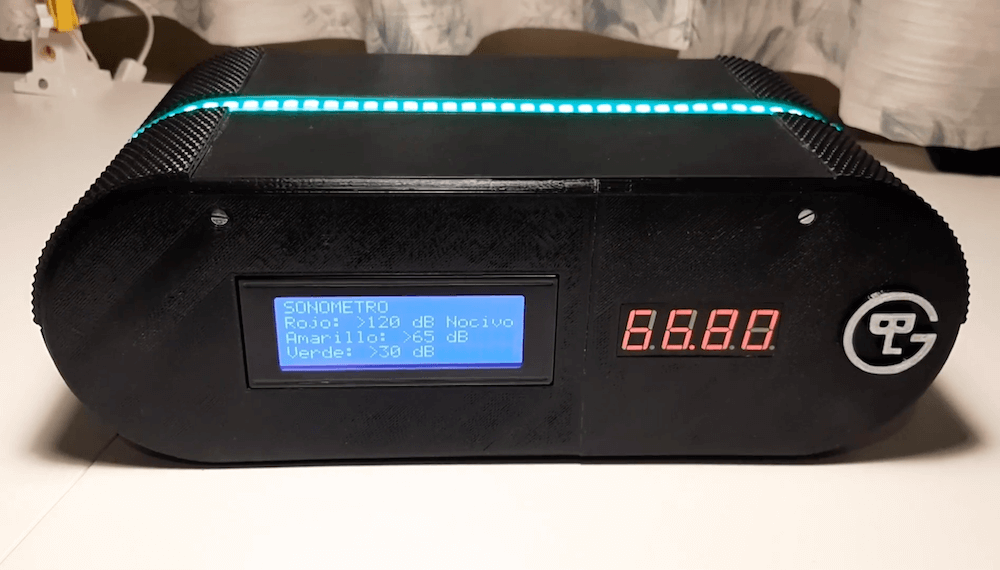FFT spectrum analyzer is a test equipment that uses Fourier analysis and digital signal processing techniques to provide spectrum analysis.

FFT spectrum analyzer is a test equipment that uses Fourier analysis and digital signal processing techniques to provide spectrum analysis.

While electronics and water don’t generally mix, researchers at Ochanomizu University in Japan have come up with an ephemeral display method that uses floating clusters of bubbles to show messages on a liquid surface.
The device, known as UTAKATA, utilizes a line of seven electrodes under Arduino Uno control that activate to form hydrogen bubbles via electrolysis. When arranged properly, these bubbles can be made to produce letters and words, which as shown in the video below, dissipate as they flow downstream in the container.

was always inspired to live in a smart home where I can automate some of the everyday tasks to make life easier and comfortable. For example, how many times does your TV remote disappear, and you just wish to say a voice command to do the task for you instead? Many Smart TVs do this already, of course, but buying a good one can be a bit expensive. In this project, I describe how easy it is to make some of your home appliances smart with an Arduino board. Besides controlling the TV with voice, I will use a temperature sensor, motion sensor, and an RGB LED to demonstrate the Arduino MKR WiFi 1010 capabilities. I will also connect the Arduino board to an Amazon Alexa device, and then you can set up some routines for your home automation.

Turn on or off any TV in the world with the push of a button. A chaotic homemade universal remote!

In our day-to-day lives we encounter a wide variety of ambient sounds, and in order to highlight noise pollution, Lucía Garbo decided to make an elegant meter.
The device features an outer shell designed in Fusion 360 and 3D-printed, concealing an Arduino Mega, a SparkFun Sound Detector, and associated circuitry inside. Components are neatly connected via a perfboard, which should allow easy modification later.

Hello, This video explains how to create a fire detector by using Arduino Uno Watch until ends then you will enjoy it.
This video shows the first step stone to create digital clock using 8×8 WS2812 LED Matrixs. I am creating 3D design of the case for one of the time digits and programming bunch of transition effects that I would use in the final project.
Required elements:
1 x stepper motor (DC)
1 x motor driver
1 x joystick
9 x LED (green, red, yellow)
3 x 1K Ohm resistor
1 x 840 pin breadboard
15 x jumper cable
Arduino code : https://drive.google.com/file/d/1IMtO…
Learn how to make your own Arduino-like microcontroller board using an Arm Cortex-M0+ from NXP. The LPC812 micro controller only costs a few dollars and together with a few basic components you can make your own Arduino style microcontroller board.
Today we find out how durable Samsungs new Galaxy Z Fold really is. Grab your Robot Camo dbrand skin HERE: http://dbrand.com/robotcamo Samsung has pitched this phone as a folding glass phone that ‘bends the laws of physics’ But… is folding glass actually possible? The only way to find out is with a scratch test. Overall I’m impressed with the Galaxy Z Flip. If they change the name of their screen material to something besides glass I would give it a 10/10 as far as folding phones go. The only physical characteristic this screen material shares with actual glass is the clarity. And I dont think thats fair to consumers. At all. Let me know what you think in the comments.